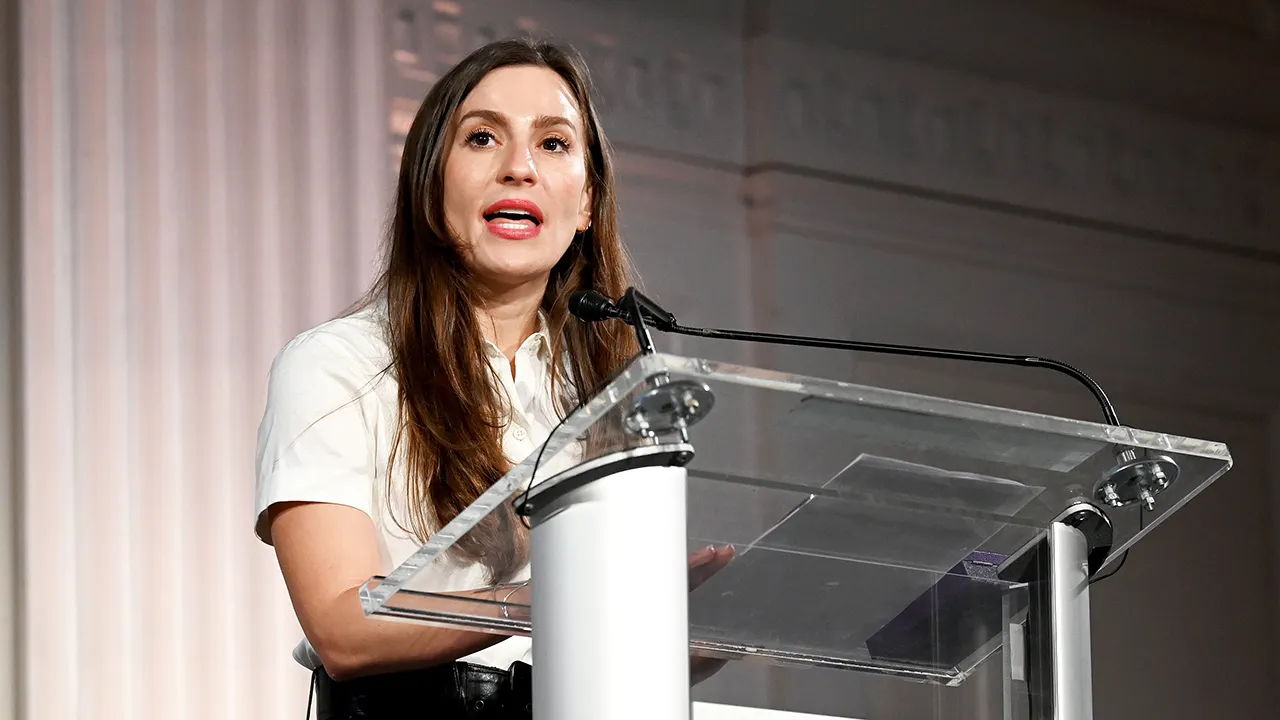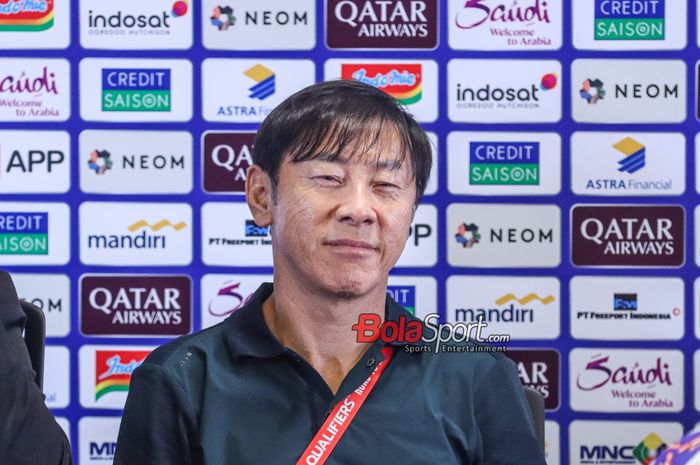Kurt Emhoff investigates the lack of an overarching governing body and identifies a solution
IN MAURCIO SULAIMAN’S World Boxing Council (WBC) newsletter a few weeks ago, he brought up an interesting topic regarding governance in boxing vis-a-vis other sports. Sulaiman stated, “In boxing, governing bodies or administrators have absolutely nothing to do with the business of this sport compared to all others. In American Football there is the NFL; the MLB in baseball, FIFA and the national leagues of each country in soccer, and the NBA in basketball. In mixed martial arts, the UFC is the most powerful league precisely because it handles all aspects of the business. That is the case in all professional sports.”
Sulaiman continued, “These entities control everything that has to do with their sport, starting with the business; they are the ones who negotiate contracts for television rights, sponsorships, and even sell franchises [teams], and a business model is generated in which they work under the same scheme and, therefore, have absolute centralised power in making decisions.
“Boxing is different. The organisations have absolutely nothing to do with the business in order to mark a clear division of duties and eliminate conflicts of interest. In boxing, the business is in the hands of the promoters.”
Boxing is indeed different in its governance scheme than any other major sport. From the early days of bareknuckle fighting to the present day, there have been calls for an overarching governing body (OGB) to oversee the sport. But boxing has never quite achieved the unity, structure, and buy-in of the necessary parties that other sports have in terms of forming a league or an OGB.
Boxing did not have much in the way of formal governance (and was often unlawful) until early in the 20th century. Boxing commissions and national federations started popping up all over the world by the 1920s, the most powerful and well-known included the International Boxing Union (which would later become the European Boxing Union (EBU)), the New York State Athletic Commission (NYSAC), the National Boxing Association of America (NBA) (initially similar to today’s US Association of Boxing Commissions but without cooperation from New York, also precursor to the World Boxing Association), and the British Boxing Board of Control (BBB of C).
Though each of these organisations crowned “world” champions (often different fighters in the same weight class – just like today) and had licensing power over boxers and promoters, none gained universal acceptance as an OGB and attempts at coordination and cooperation between them frequently ended in frustration. It wasn’t until the mid-1950s that the closest thing to an OGB was formed when, for a magical few years (approx. 1953-1958), a World Championship Committee (WCC) was formed between the EBU, NYSAC, NBA and BBB of C with the purpose of crowning one universally recognised world champion per division and agreeing to fill vacant titles via tournaments comprised of fighters agreed upon by the Committee.
Once the NBA decided to pull out of the WCC due to a dispute over voting rights, boxing was back to having multiple champions in some divisions. The NBA, trying to give itself a more international outlook, turned into the World Boxing Association (WBA) in 1962. The WBC then splintered off from the WBA in 1963. By the late-60s, with both organisations having separate rankings and stripping champions for not defending against their number one contenders, the days of one champion per division were clearly numbered. By the late-70s, even the heavyweight title was split when the WBC chose to strip Leon Spinks for not defending against Ken Norton and taking a return match with Muhammad Ali. Then came the International Boxing Federation (IBF) in 1982 and the World Boxing Organisation (WBO) in 1988 and here we are today, with four separate organisations claiming to crown the “world” champion.
But back to Sulaiman’s point, from the very beginning boxing was different from the team sports in that boxing’s governing bodies were never elected or appointed by actual people involved in the business end of the sport. In the NFL, NBA (basketball), MLB and FIFA, the governing body or commissioner is elected or chosen by the individual team owners or in FIFA’s case, the national football federations making up its membership.
Boxing, being an individual sport, never had teams – let alone team owners, who could organize an OGB to conduct its business affairs in a coordinated manner. Back in the 1920s, long-term exclusive promotional contracts with any promoter were not in vogue. Managers were the ones who had contracts with fighters. Though there were some early attempts by prominent managers and promoters to form an OGB in the US (from the turn of the 20th century into the 1920s various iterations of an “American Boxing Association” formed by a few different groups of managers, promoters and ring officials were announced), it was only the NBA, formed by state commissions, that survived as a governing entity. The fact that the NBA had no members from the business and participant end of the sport, meant that its credibility as an OGB was questionable from the beginning.
What is interesting about boxing today is that, though it is not a team sport, the top athletes are nearly all under exclusive contracts with powerful promotional or management entities. In fact, the vast majority of top fighters are under contract to just three entities (Top Rank, Haymon Sports, Inc./Premier Boxing Champions, Matchroom). Those entities also happen to have the largest broadcast deals in the sport. Were these three entities actually of the mind to form a joint venture, as the teams that formed the NFL, NBA (basketball) and MLB did, they could very easily organise and form an OGB. Once organised, I doubt they would have much problem bringing the other promoters into the fold, considering they have the vast majority of broadcast money.
Imagine what that boxing OGB could accomplish if it strove for the integrity of competition that the other professional leagues do. It could crown one champion per division via an initial set of tournaments (ala World Boxing Super Series), using a credible independent set of rankings (the Transnational Boxing Rankings Board’s) to set the seedings. Going forward, it could schedule great fights every weekend of the year between the best fighters in each division. It could establish mandatory random drug testing before each major fight. It also, as Showtime boss Stephen Espinoza once mused about a united sport, could be “at every ad agency . . . pulling out charts and PowerPoints, showing that boxing delivers at a relatively inexpensive rate.”
All it would take is three people, Bob Arum, Al Haymon, and Eddie Hearn, sitting down together and hashing it out to bring the sport together and immediately putting it on the level of the other major sports. If only…




















Discussion about this post